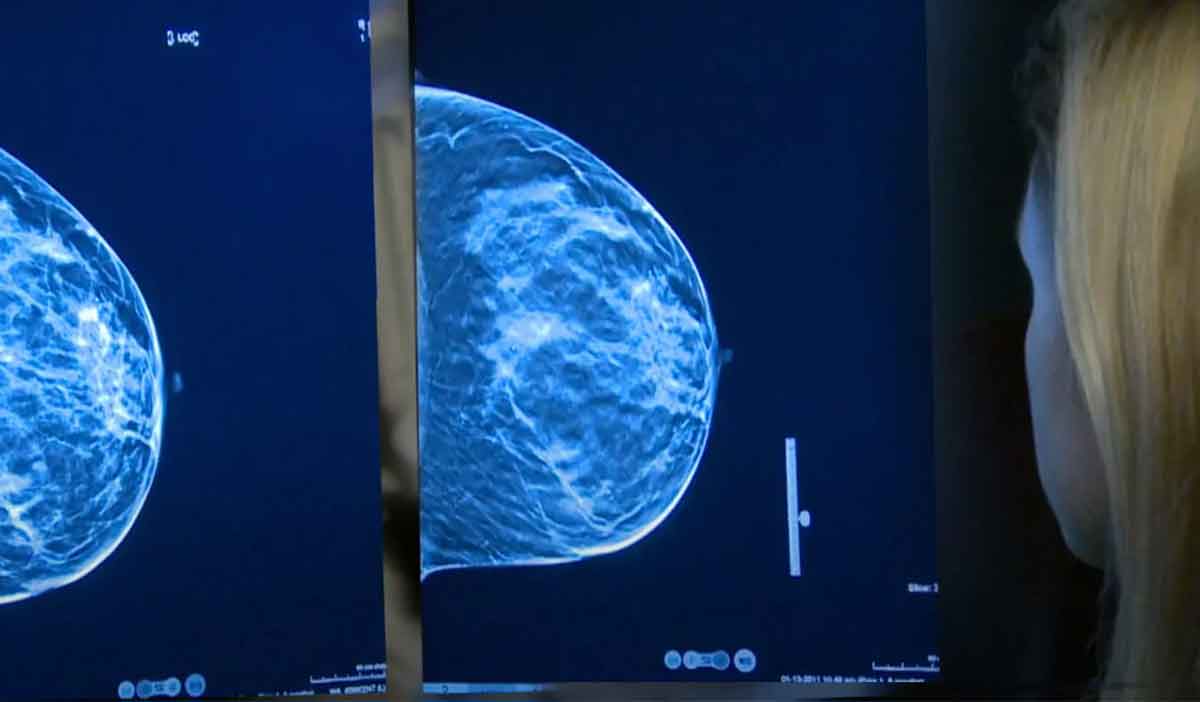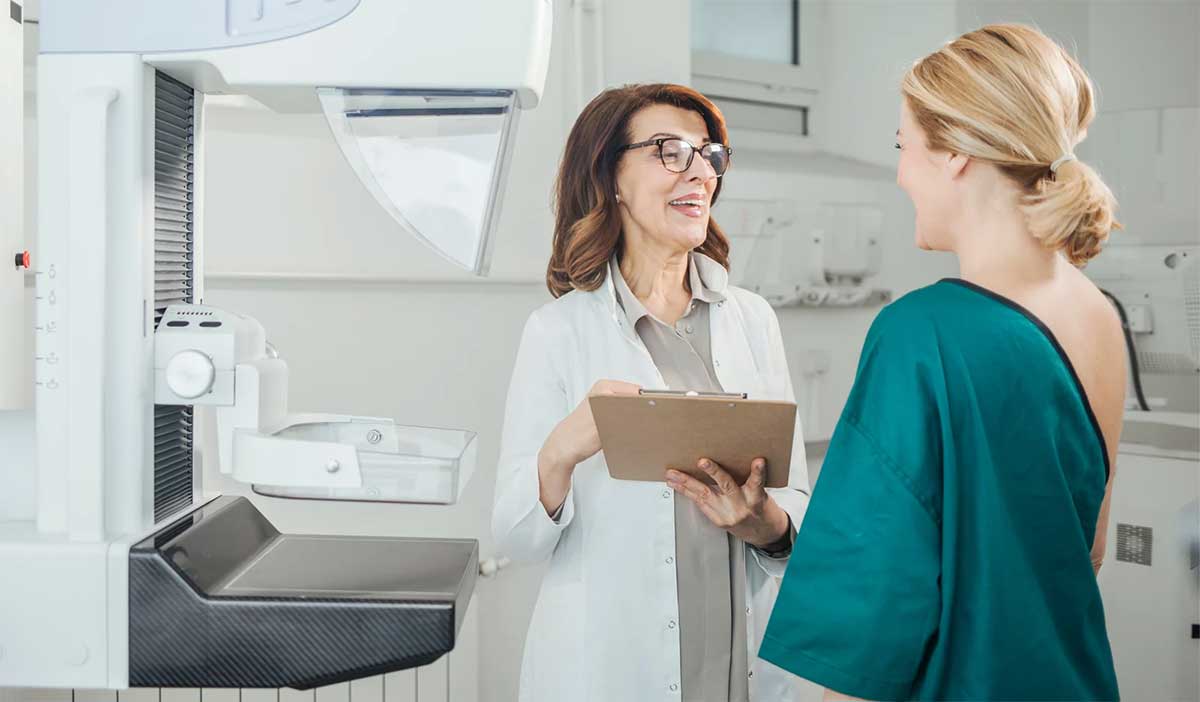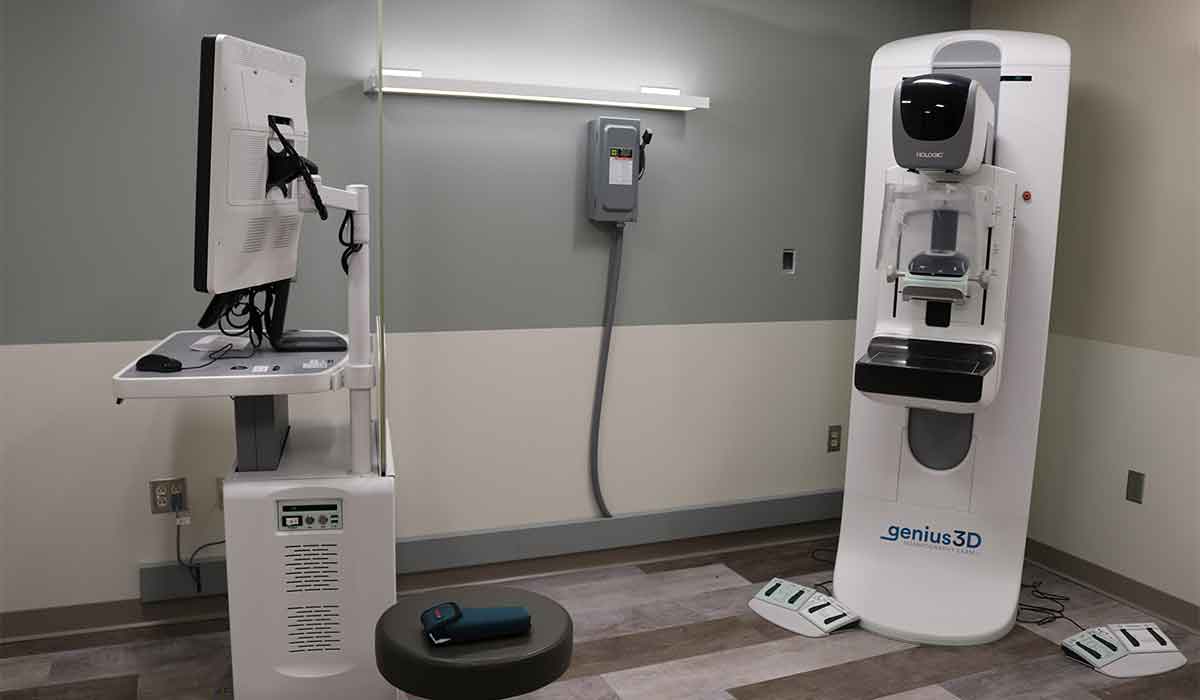 When it comes to early detection, regularly examining how your breasts look and feel for abnormalities is crucial. In fact, women often discover many problems themselves first. And, the earlier you find breast cancer, the better!
When it comes to early detection, regularly examining how your breasts look and feel for abnormalities is crucial. In fact, women often discover many problems themselves first. And, the earlier you find breast cancer, the better!
In addition to going for mammograms and annual check-ups, experts recommend that all adult women—beginning at age 18—perform monthly breast self-exams to check for lumps and other changes that might indicate the presence of breast cancer.
Continue the practice of giving yourself a breast self-exam throughout your life, even during pregnancy and after you go through menopause. Performing breast self-exams on a set, regular schedule will help you notice when things don’t look or feel quite right.
Keep reading to learn more about the importance of breast self-exams and what to look out for.
Common breast cancer warning signs
When it comes to things to look for, it’s essential to remember that symptoms can be different from person to person. That’s why you should take note of any changes to the look or feel of your breasts, such as:- Thickening or hard knots inside your breast or under your arm
- Redness, darkening, swelling, or warmth of your breast
- Changes in the shape or size of your breast
- Puckering or dimpling of your breast’s skin
- Discharge from your nipple
It’s helpful to remember that most breast lumps are benign. However, if you do find a knot or notice in your breasts, don’t panic. This alone don’t necessarily mean you have breast cancer. If you find something abnormal, make an appointment to see your physician. Depending on what you found, your doctor may want to see you right away.
How to perform a breast self-exam
Some women like to perform a breast self-exam in front of a mirror, and others prefer to do them in the shower or while lying down.
Ultimately, the most important thing is just to make sure you do them.
According to the American Cancer Society, you should examine your breasts using three different levels of pressure:
- Light pressure: Feel the tissue closest to your skin
- Medium pressure: Feel a little deeper
- Firm pressure: Feel deeper breast tissue closer to your chest wall
When you should do a breast self-exam
- If you menstruate: Several days, or about a week, after your period ends
- If you no longer menstruate: Pick a specific day (such as the first Monday of each month)
- If you take hormones: Choose a day with the help of your physician
Calculate your breast cancer risk
At the Logansport Memorial Women’s Health Center, you will meet with expert clinicians and oncologists who work with the latest technology to detect, handle, and manage breast cancer early when it is most treatable.
Request an appointment online or by calling (574) 722-3566.
You might also like:



